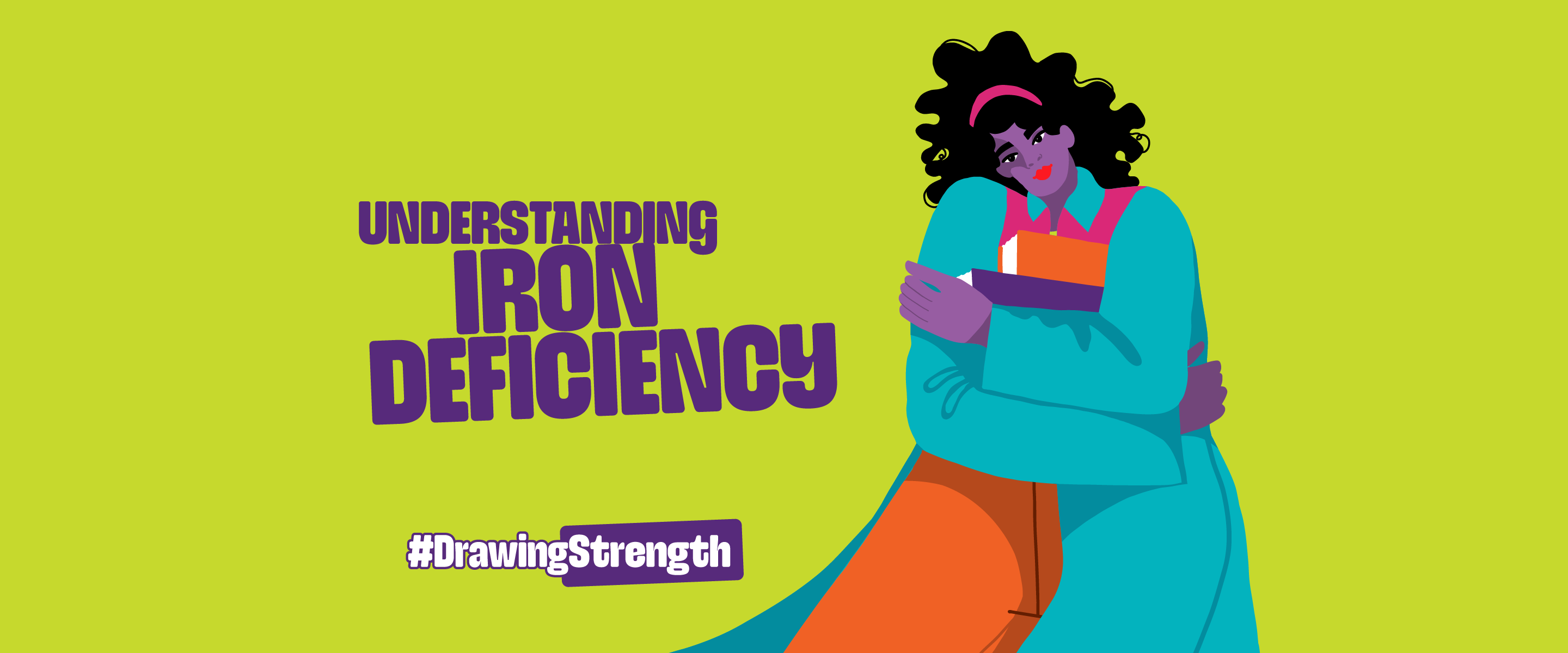It’s time to make iron deficiency part of regular health conversations, so you can feel informed and supported to take control of your health. Learn about the key signs of iron deficiency as the first step towards achieving this.
*From an internet-based survey conducted among 4,506 women (aged 18–57 years) in five European countries between January and February 2012.3
References:
- International Federation of Gynecology and Obstetrics. FIGO Statement: Iron deficiency and anaemia in women and girls. 2023. Available at: https://www.figo.org/resources/figo-statements/iron-deficiency-and-anaemia-women-and-girls (Accessed August 2025).
- Marret H et al. Clinical practice guidelines on menorrhagia: management of abnormal uterine bleeding before menopause. Eur J Obstet Gynecol Reprod Biol 2010;152(2):133–7.
- Fraser IS et al. Prevalence of heavy menstrual bleeding and experiences of affected women in a European patient survey. Int J Gynecol Obstet 2015;128(3):196–200.
- Breymann C et al. Treatment of iron deficiency in women. Geburtshilfe Frauenheilkd 2013;73(3):256–61.
- Iolascon A et al. Recommendations for diagnosis, treatment, and prevention of iron deficiency and iron deficiency anemia. Hemasphere 2024;8(7):e108.
- Patient. Heavy periods. 2024. Available at: https://patient.info/womens-health/periods-and-period-problems/heavy-periods-menorrhagia#what-is-considered-a-heavy-period-menorrhagia (Accessed August 2025).
- National Institute for Health and Care Excellence. Anaemia – iron deficiency: what causes it? 2024. Available at: https://cks.nice.org.uk/topics/anaemia-iron-deficiency/background-information/causes/ (Accessed August 2025).
- Schrier SL et al. Causes and diagnosis of iron deficiency and iron deficiency anemia in adults. Available at: https://www.uptodate.com/contents/diagnosis-of-iron-deficiency-and-iron-deficiency-anemia-in-adults (Accessed August 2025).



